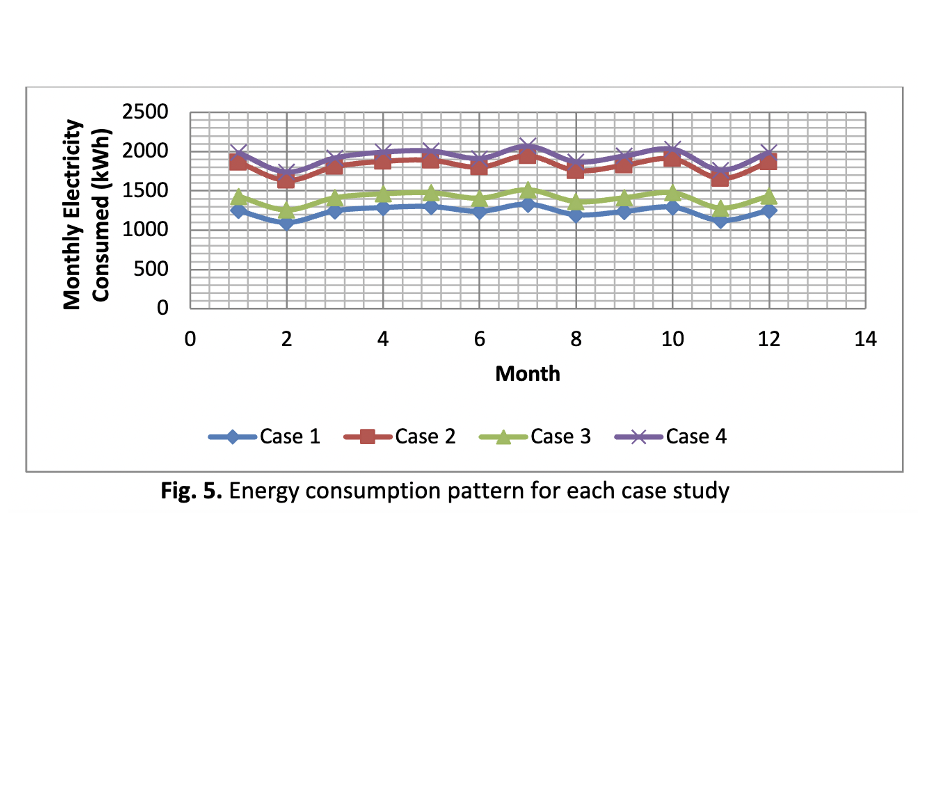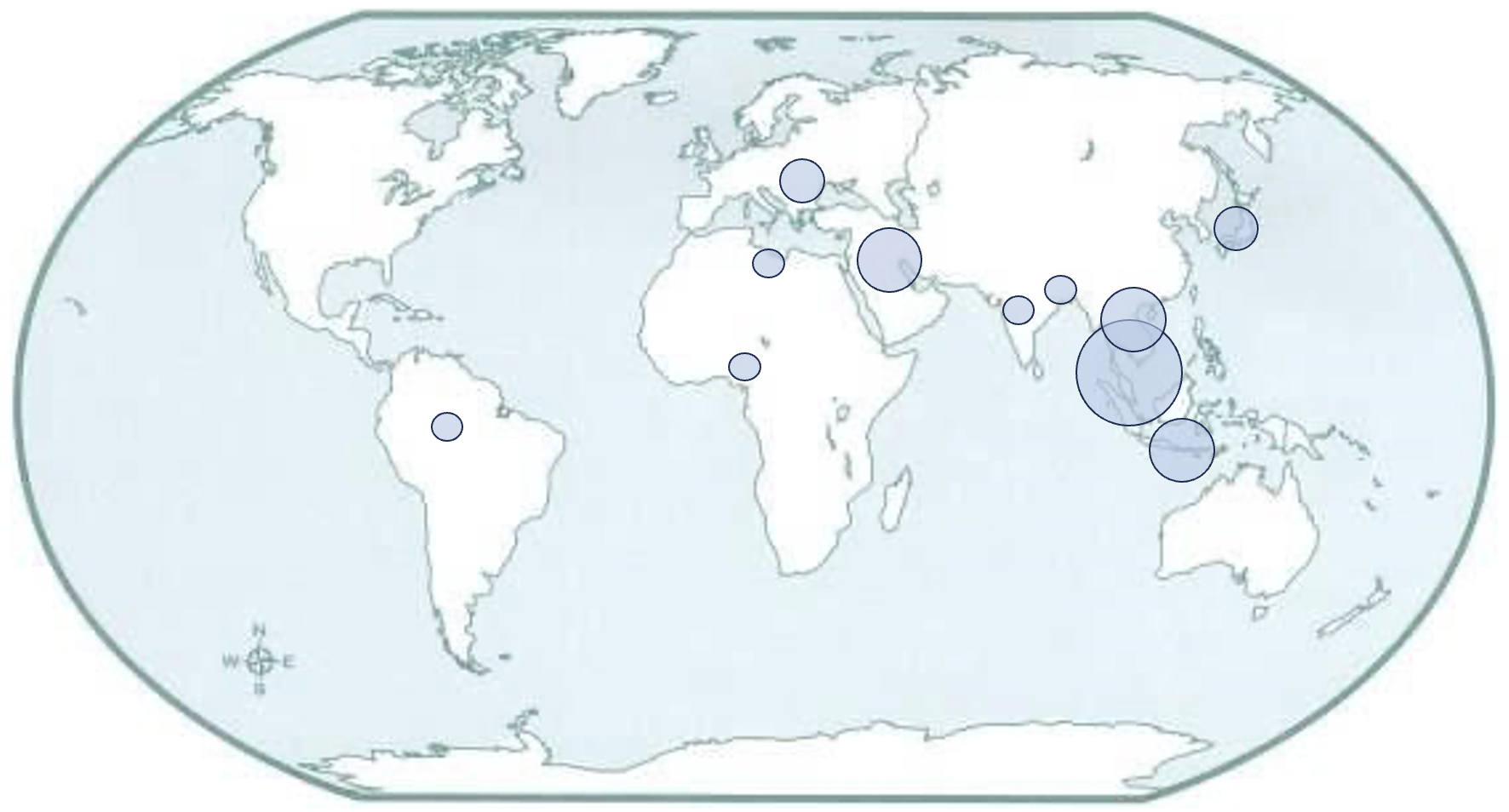Analysis of Thermal Comfort and Energy Consumption for Educational Building
Keywords:
Building maintenance, classroom, energy consumption, thermal comfortAbstract
Building envelope maintenance and management which has a very close relationship with building energy consumption and indoor thermal comfort. Thus, the proper of building envelope maintenance and management is essential to reduce energy losses and increasing occupant comfort and satisfaction. Providing a building condition with comfortable and healthy environment without any building defects is one the main function in educational building. The primary objective of this study is to investigate the building condition and thermal comfort of classroom buildings. The modeling and the energy simulations were performed by IES VE software. The building is located on the Permatang Pauh campus. In this case study, questionnaire and walkthrough assessment were carried out to gather information. First, a set of questionnaires has been distributed to the 1000 respondents. The majority of the respondents claim that the room temperature as dissatisfactory (74.3%). In overall, most of the respondents want the classroom to be cooler. Secondly, walkthrough assessment has been carried out to recognize the building condition. Indoor environmental parameters such as temperature and relative humidity of classroom buildings were recorded. There have 4 types of case study; 1) utilized without occupants, 2) utilized with occupants, 3) non-utilized without occupants, and 4) non-utilized with occupants. The analysis of energy consumption was performed by using building simulation, IES VE software. The results indicate that the case study (2) was 1,819 kWh/month, while the case study (4) was about 1,936 kWh/month. It was found that the room type; non-utilized with occupant is higher compared to utilized with occupant. By comparing the average value for each case study, the classroom can be classified as a very inefficient building in terms of energy consumption. The maintenance such as repair and replace the building components in classroom were suggested to improve the energy performance.
Downloads



















